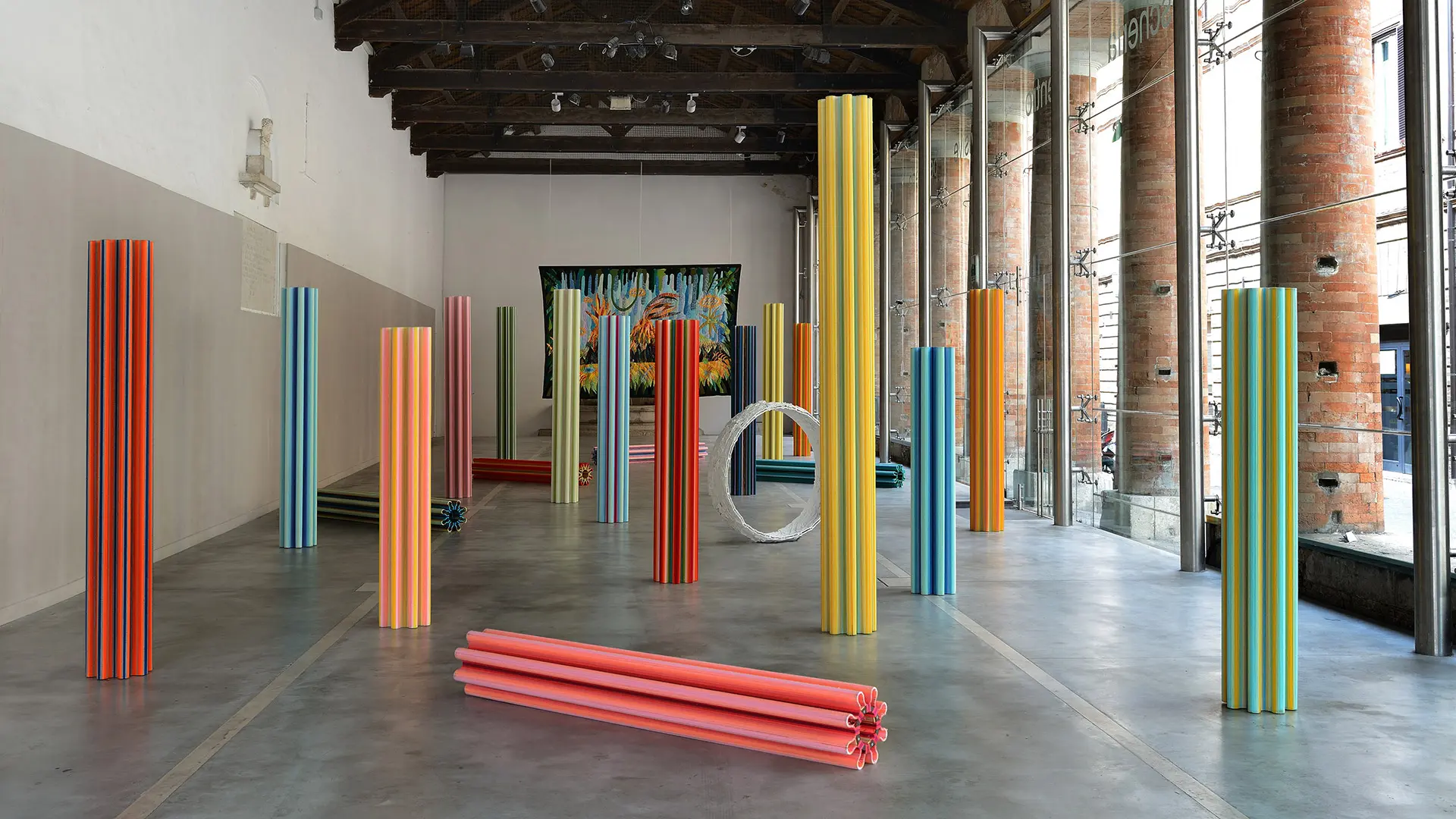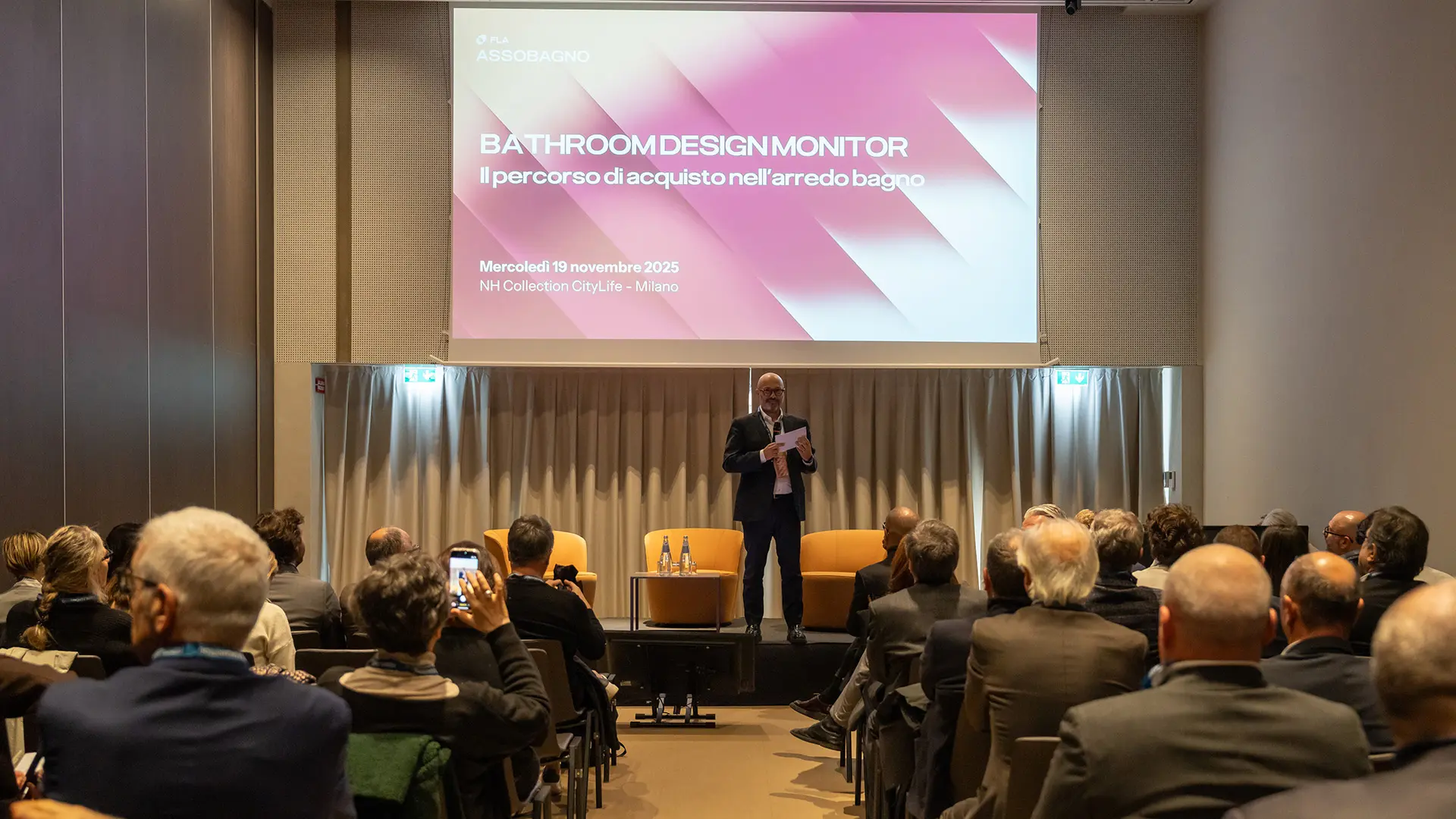They are all Italian and all in some way draw on the theme of memory. This is true even when they deal with current sporting events associated with the imminent inauguration of the Winter Olympics. There are ten of them and for the most part they are held in the most reserved cultural circuits, outside the mainstream. It’s even better when they’re out of town, bringing historic residences to life with gleams and flashes of good design
The first Salone without Mari, Hans Ulrich Obrist remembers the Master
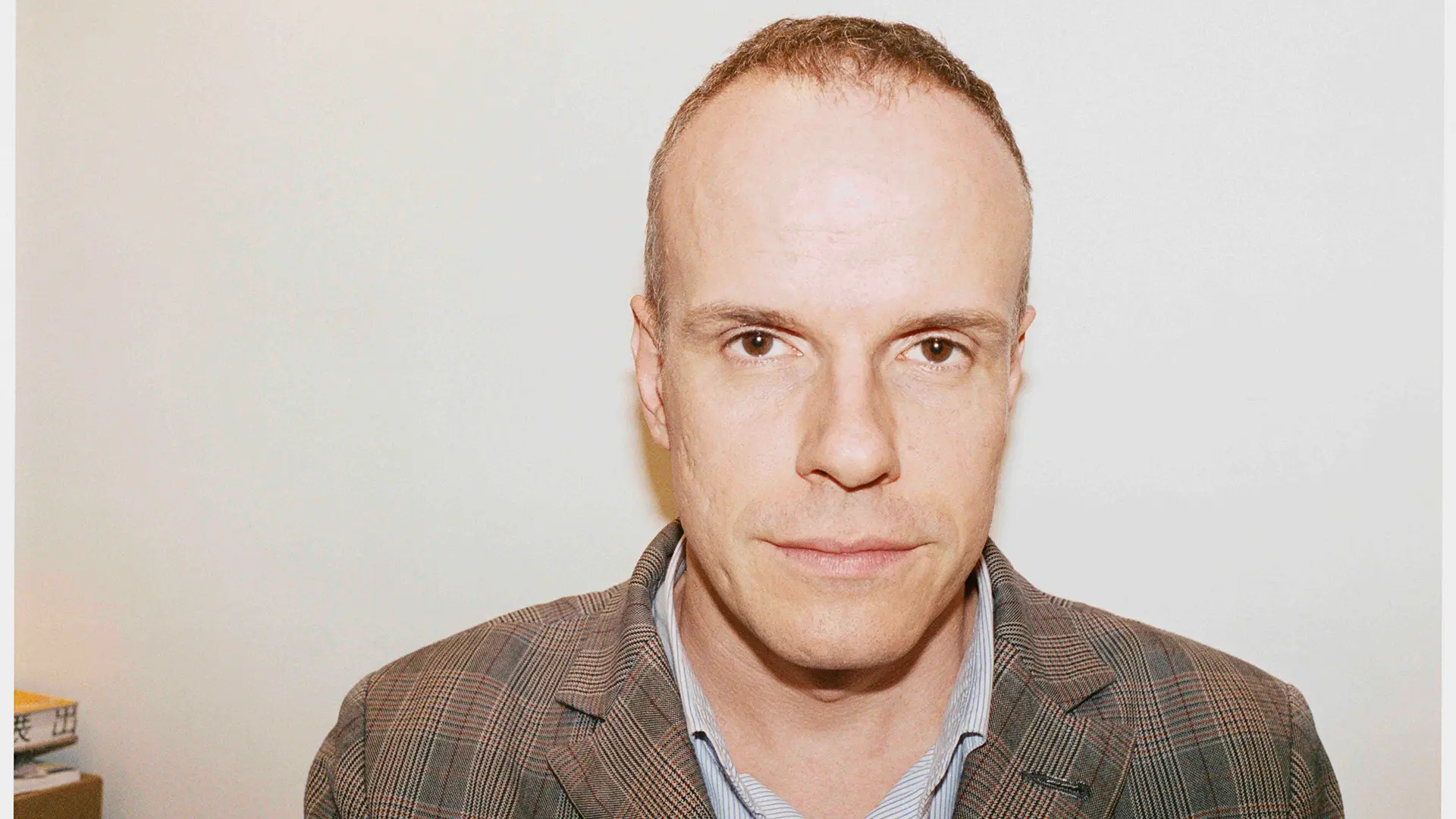
The Artistic Director of the Serpentine Galleries, encountered at “supersalone,” remembers the approach and the thinking of Enzo Mari, still contemporary and topical.
“It’s the first Salone without Enzo Mari, yet his spirit is everywhere.” The Artistic Director of the Serpentine Galleries Hans Ulrich Obrist (Zurich, 1968) who curated the recent exhibition Enzo Mari at the Triennale di Milano with Francesca Giacomelli, rereads the challenges of contemporary society (and of design), through the thinking of the Master, who died almost a year ago.
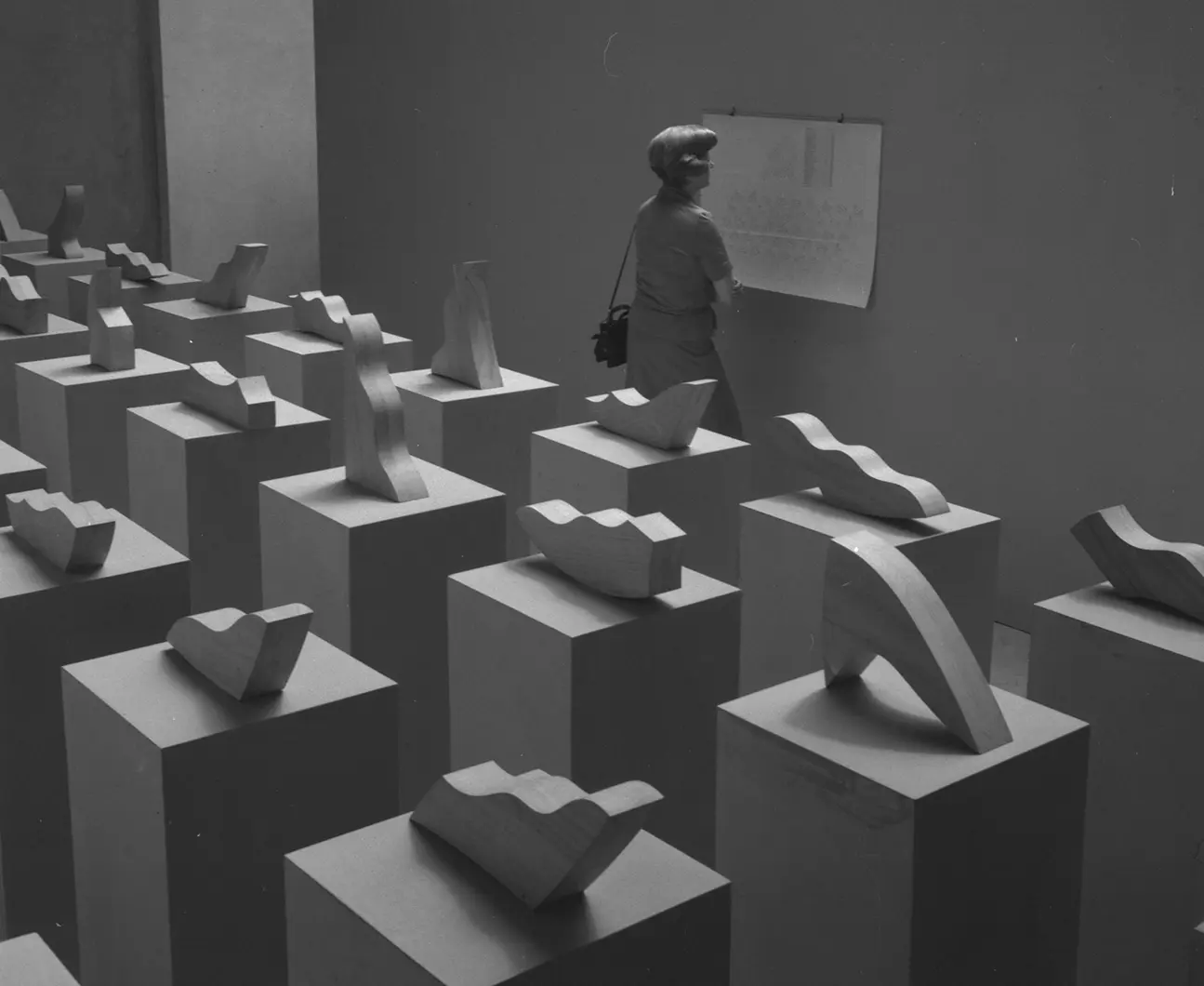
1977-2008 44 valutazioni Photo: Andrea Rovatti
The environmental crisis, the issue of extinction mean we have to think through the durability of what we are designing. When I used to go and see exhibitions with Enzo Mari, he would sometimes scream at an object: “It won’t last!” We have a responsibility to use durable materials when making objects. The Formafantasma Cambio exhibition that we commissioned and held at the Serpentine, which is now at the Centro Pecci in Prato (until 24th October, Ed.), talks about timber as a resource that needs to be preserved, while some pieces of fast furniture are not sustainable because they use too much of it.
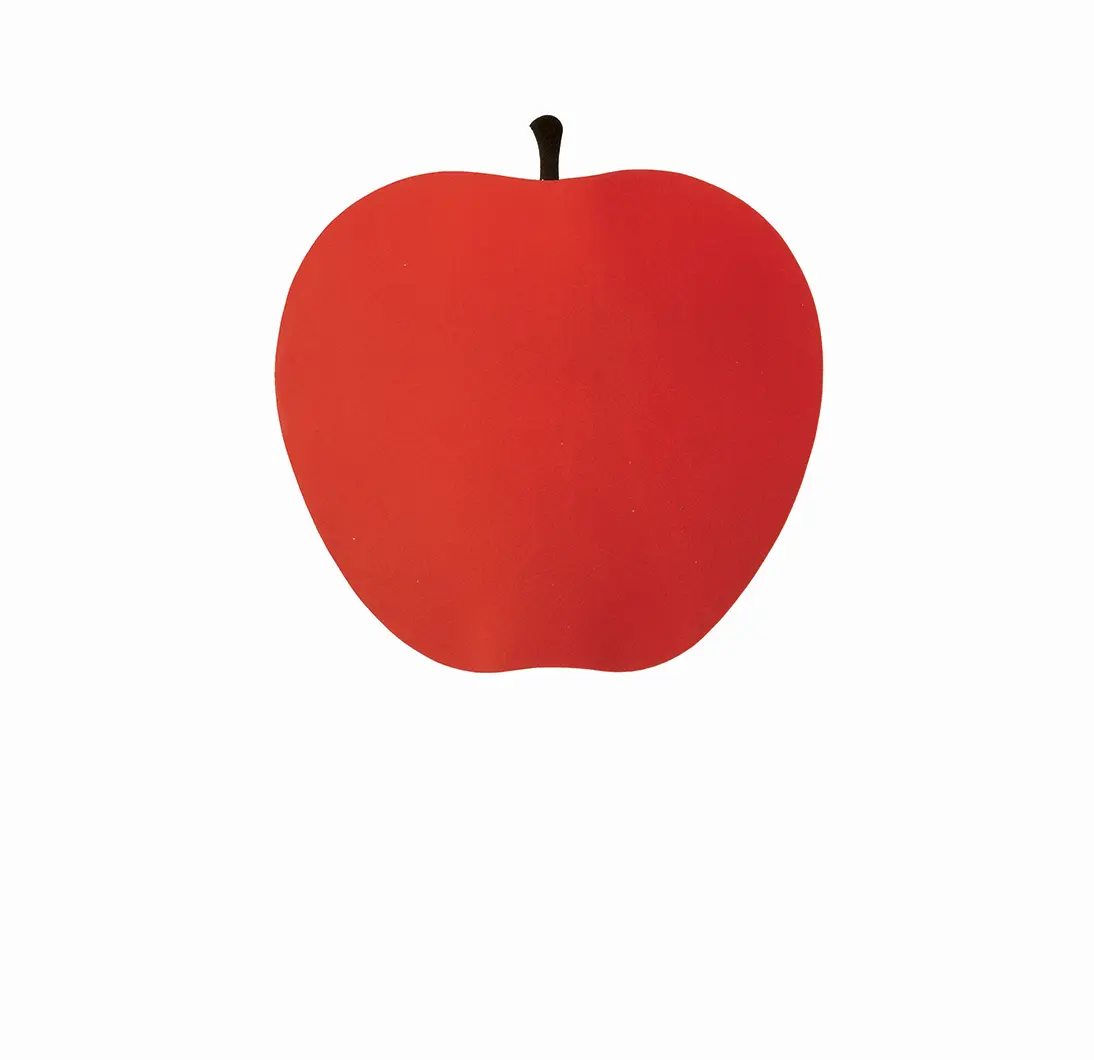
La serie della natura: N°1: La Mela with Elio Mari, courtesy Danese Milano
Yes, Enzo Mari used to talk about non-alienating work. About design as a shared practice in a different society. Like his concept of self-production. I came across it again in the Michael Anastassiades exhibition at the ICA in Milan (Cheerfully Optimistic About the Future, until 6th January 2022, Ed.): simple pieces, not industrially made, the creations of a small studio that works with great love, in a non-alienating way. A vision to be reconsidered in this post-Covid period: Mari talks about the Utopian dimension of design, needed now more than ever.
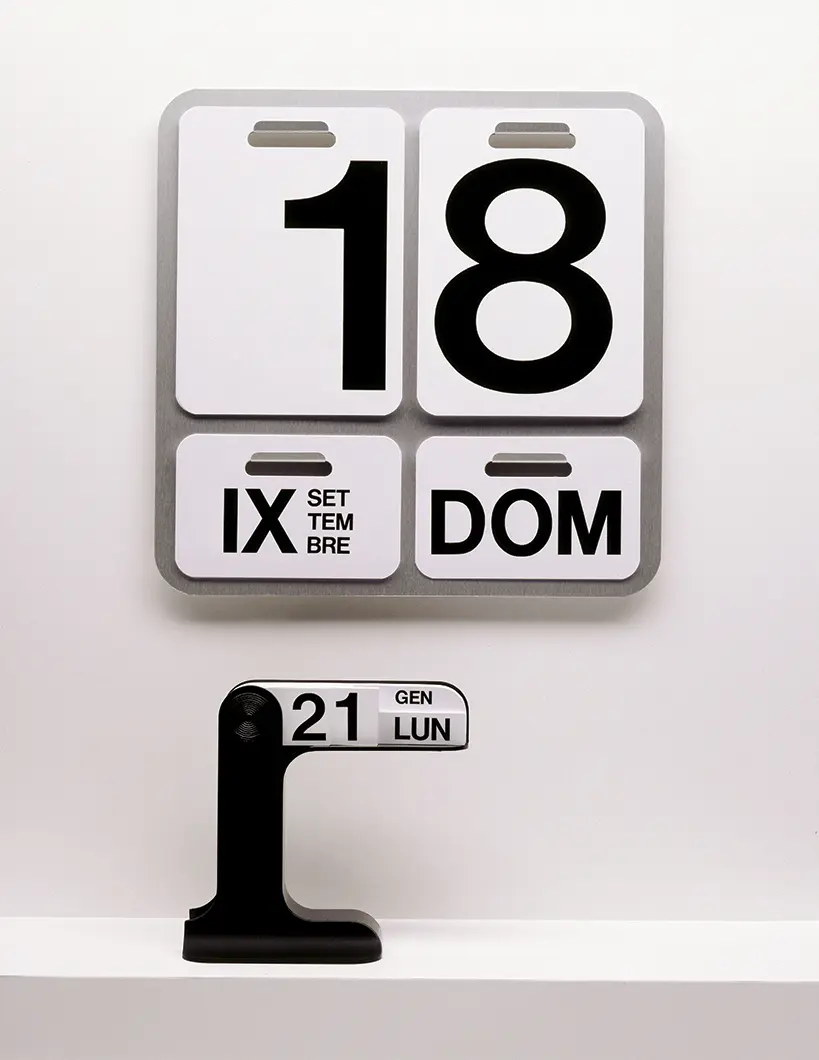
Formosa, Danese, courtesy Danese Milano
At the beginning, the entrepreneurs weren’t interested in producing Mari’s toys, such as the 16 animals puzzle, but they followed his progress. Every company ought to have an artist at the centre of its work. Like Nanda Vigo, who we miss enormously, and who donated one of her last works to us, a light installation interpreting Mari’s animals at the Triennale exhibition. Like Cini Boeri, Sottsass – the miracle in Milan took place because the entrepreneurs worked with them. Every company, every government, every city ought to have an artist on their board.

Proposta per un’autoprogettazione courtesy Private collection Photo: Timor Pelz
Barbara Steveni and John Latham founded the British Artist Placement Group in the 1960s for precisely this purpose. An initiative that triggered an incredible dynamic that we need to revisit. In 2004, Peter Saville, who designed memorable covers for Joy Division’s albums for Factory Records, was appointed Creative Director of the city Manchester, revitalising the city and helping to set up the Manchester International Festival, that I’ve collaborated with - possibly the most dynamic and international festival in Europe. It’s a lesson other cities could learn from. Now Manchester’s building The Factory, designed by OMA, founded by Rem Koolhaas: the headquarters of the festival and art centre. Post Covid, it’s crucial to reposition artists – in the broadest sense: also writers, poets, designers – putting them back at the centre. We’re living through special times in which Utopia is possible.
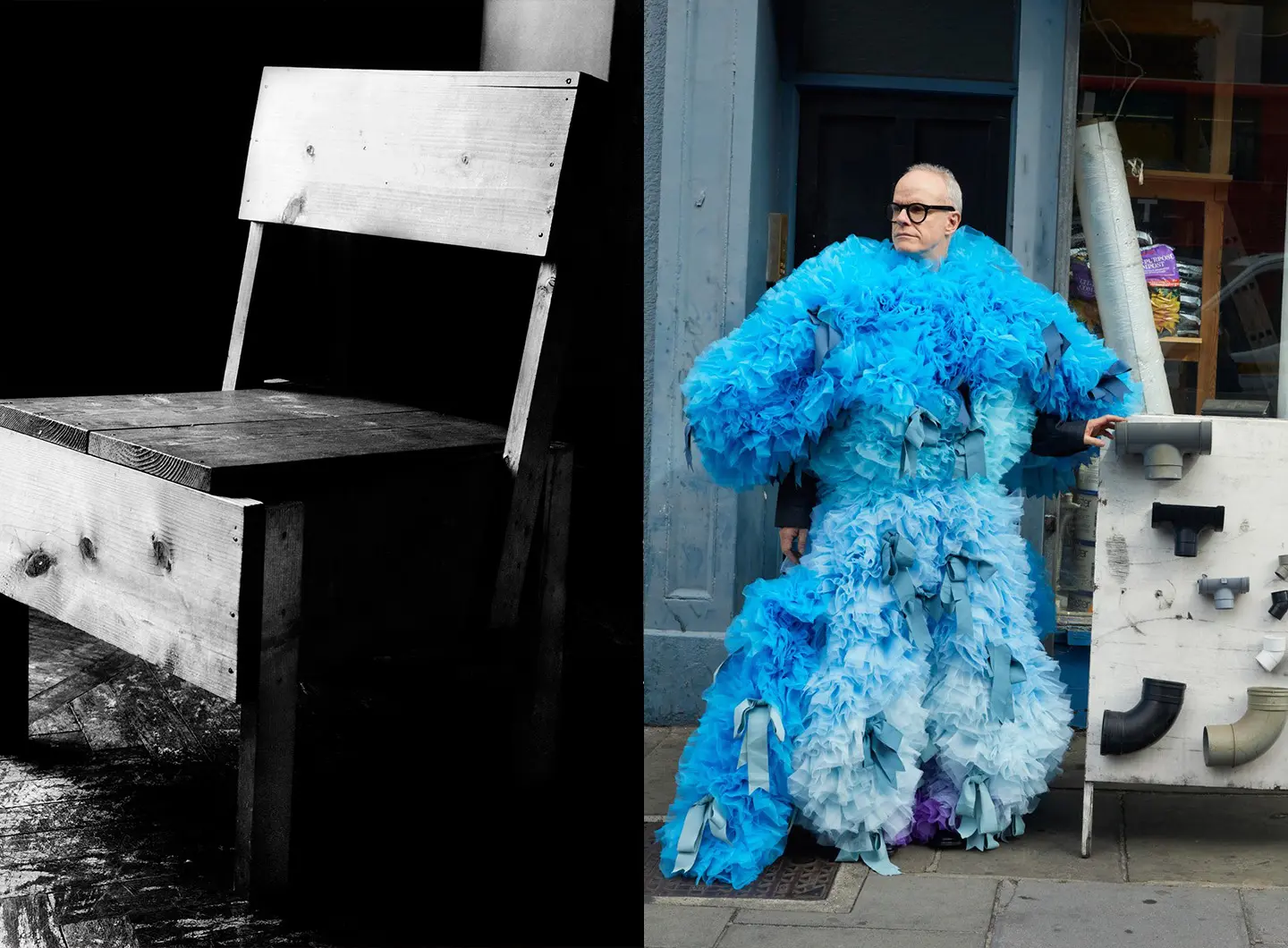
Hans Ulrich Obrist by Jurgen Teller and Esempio Proposta autoprogettazione, 1973


 Exhibitions
Exhibitions




